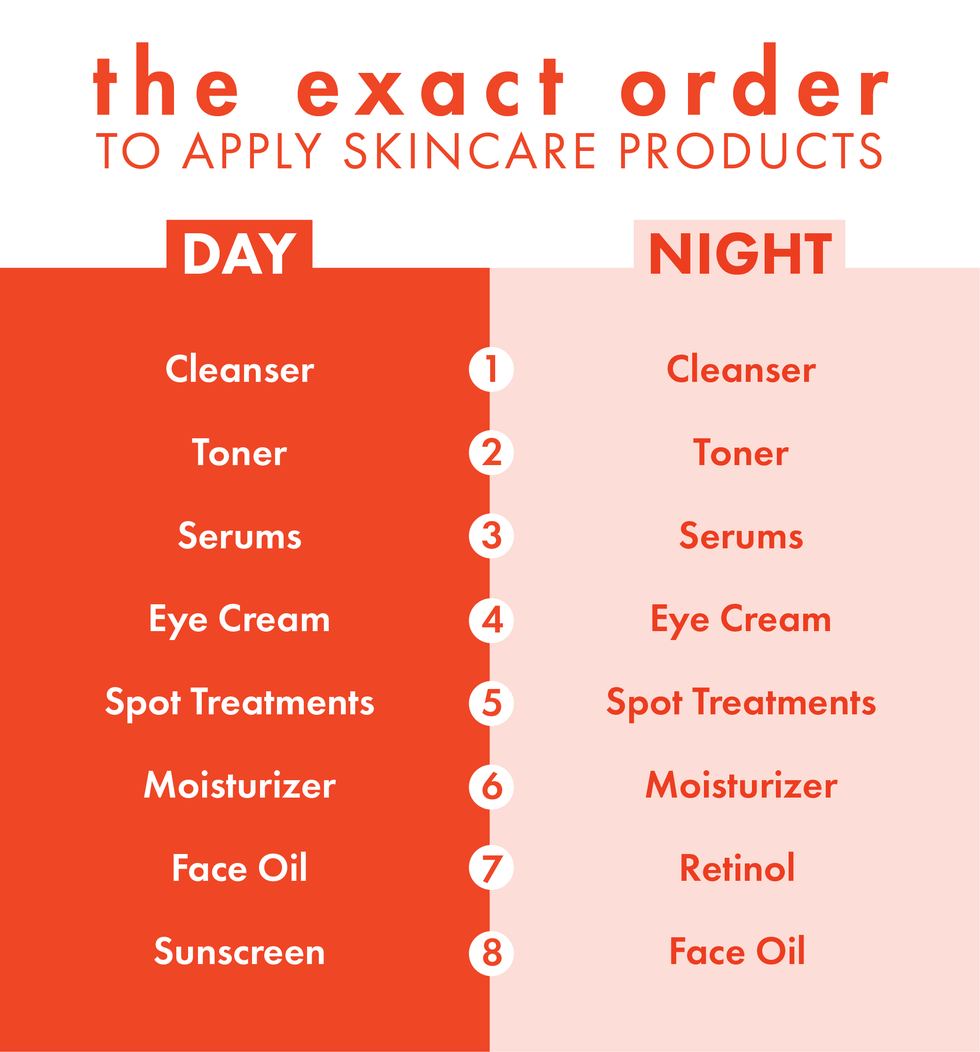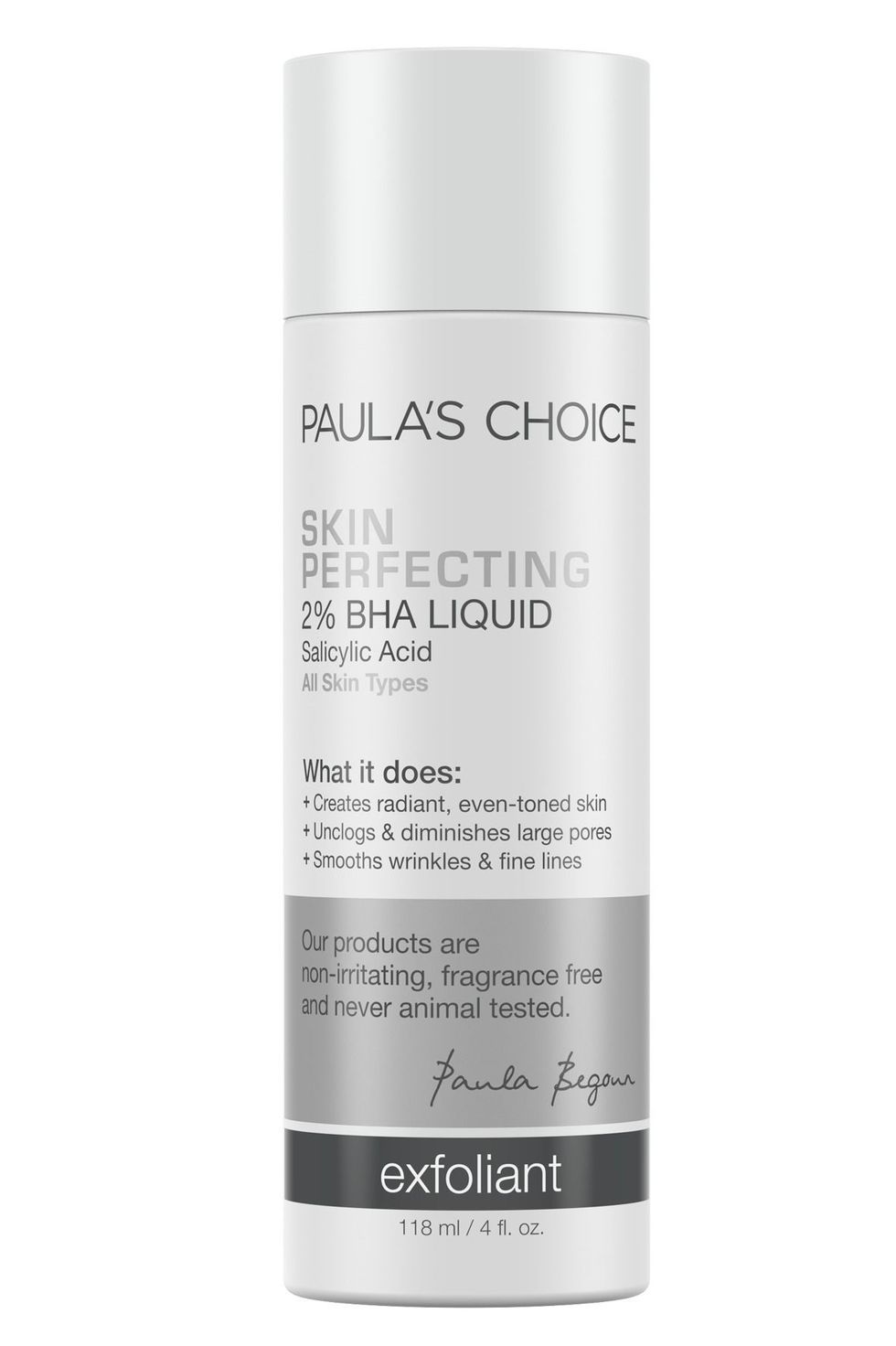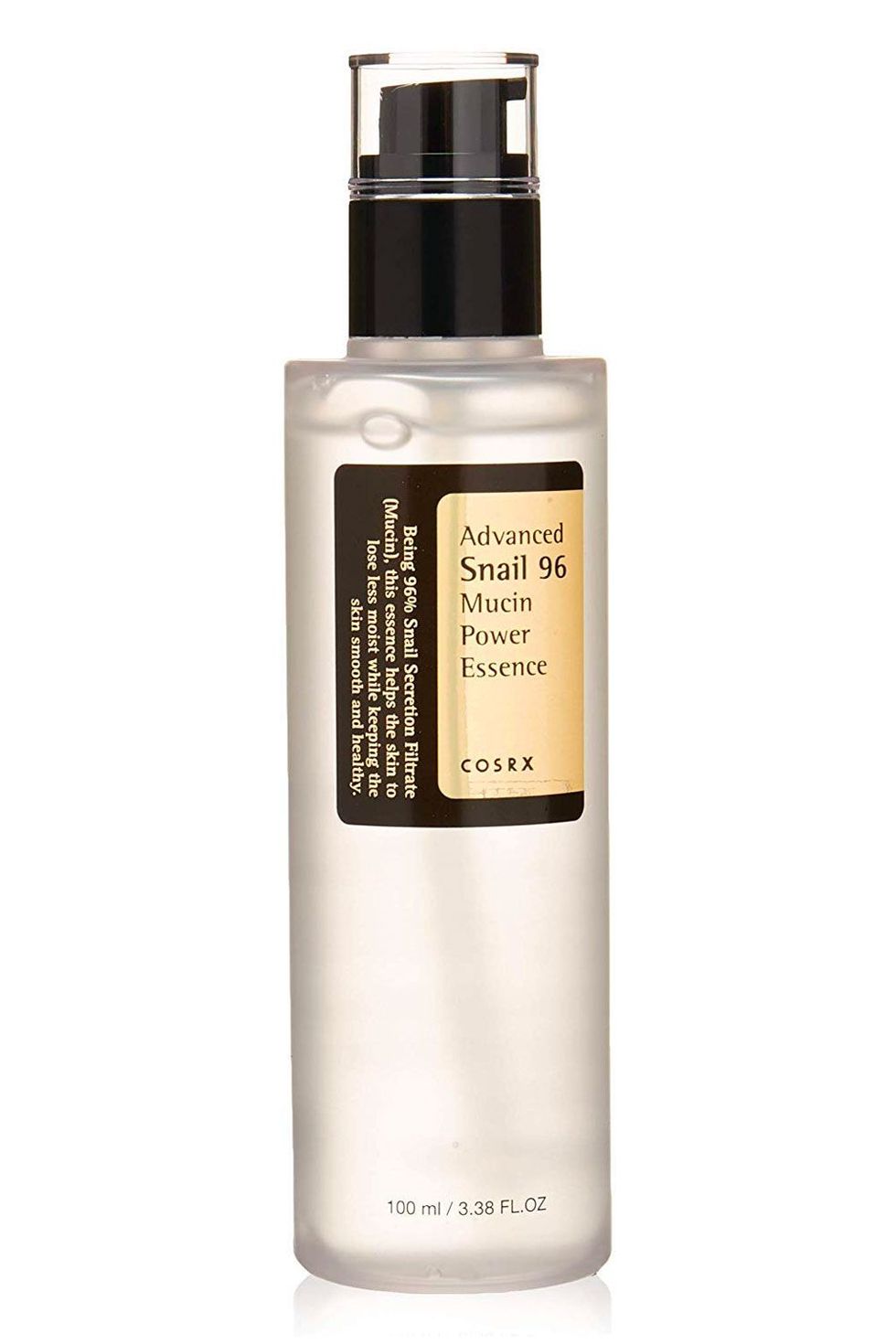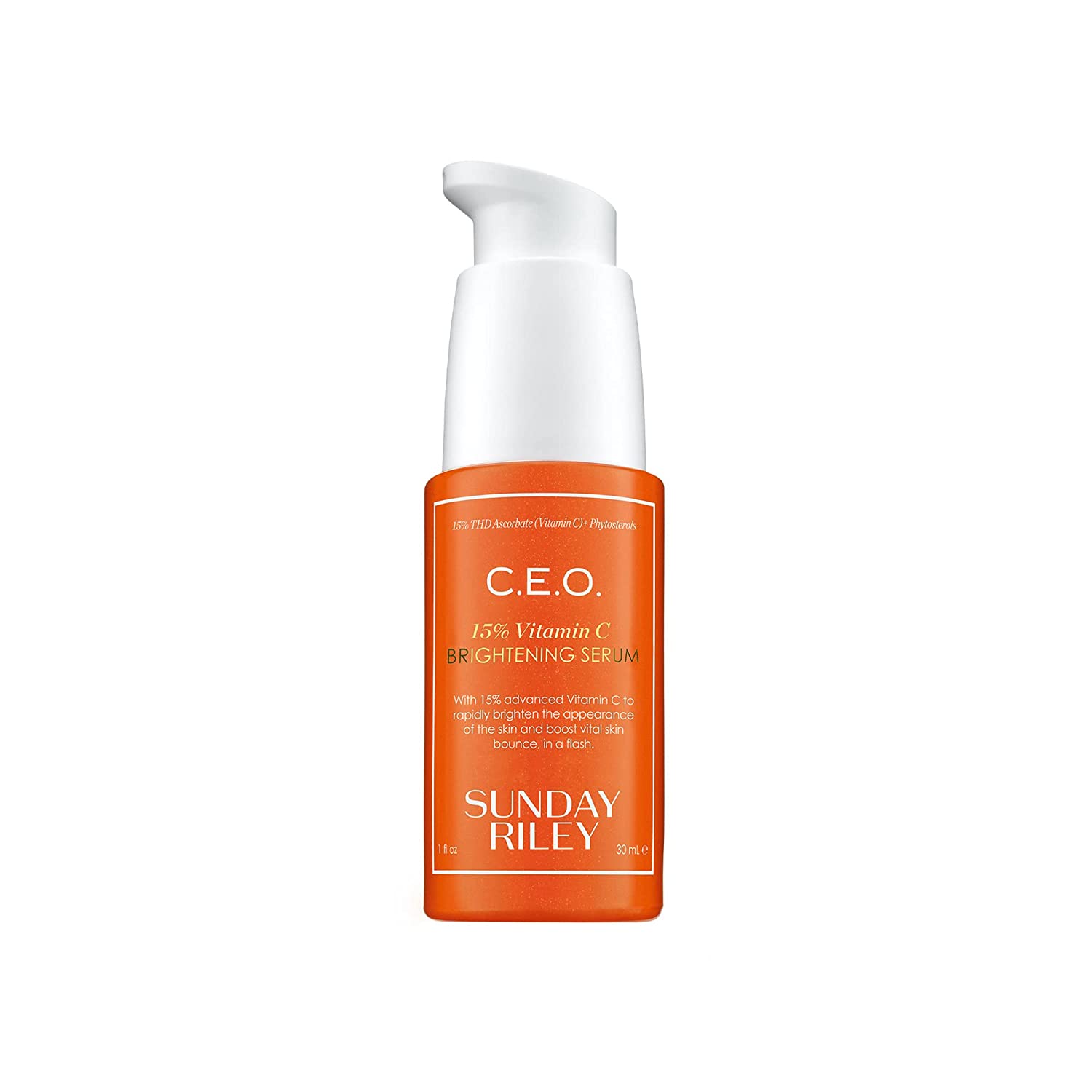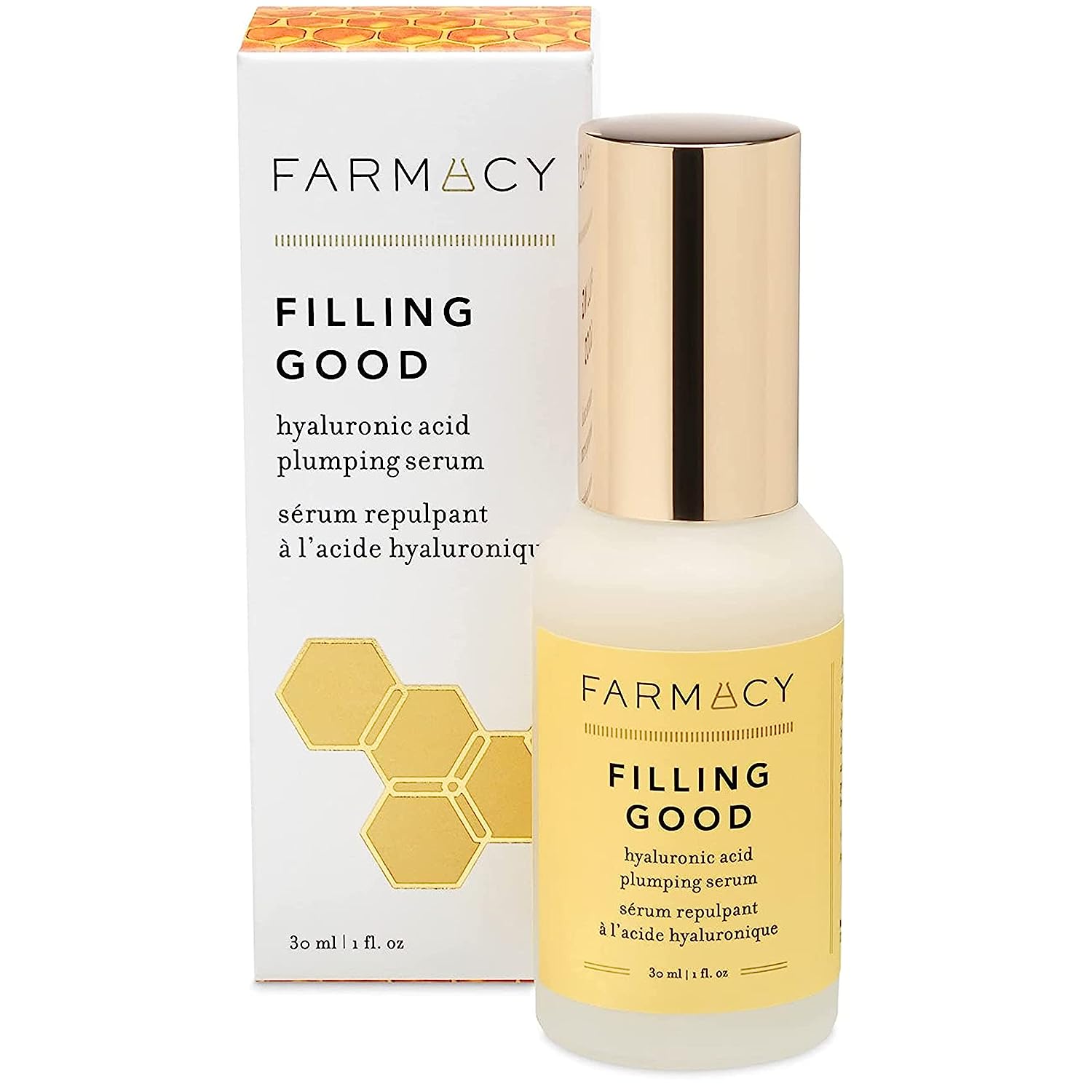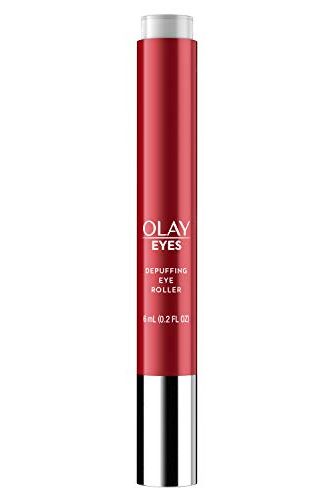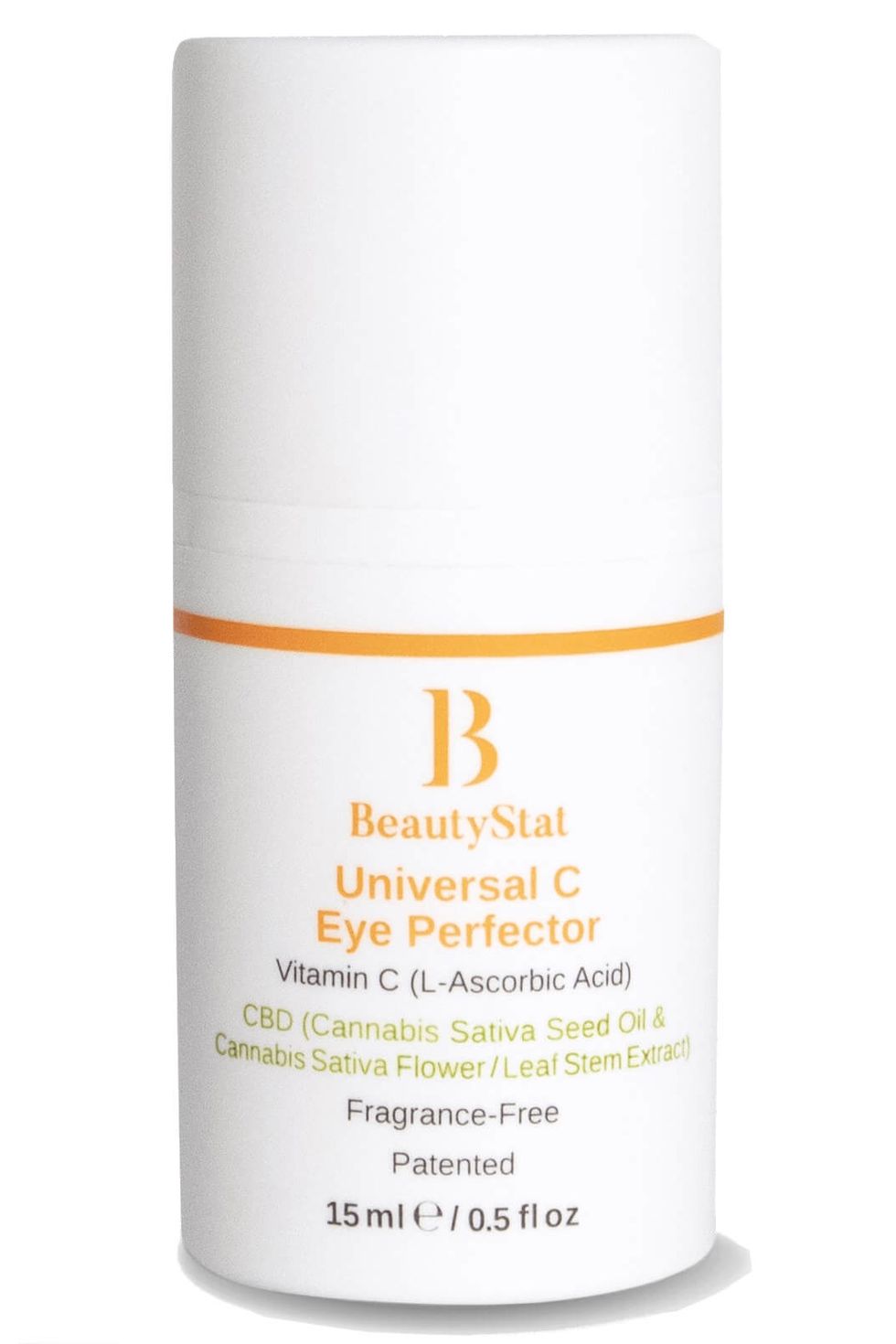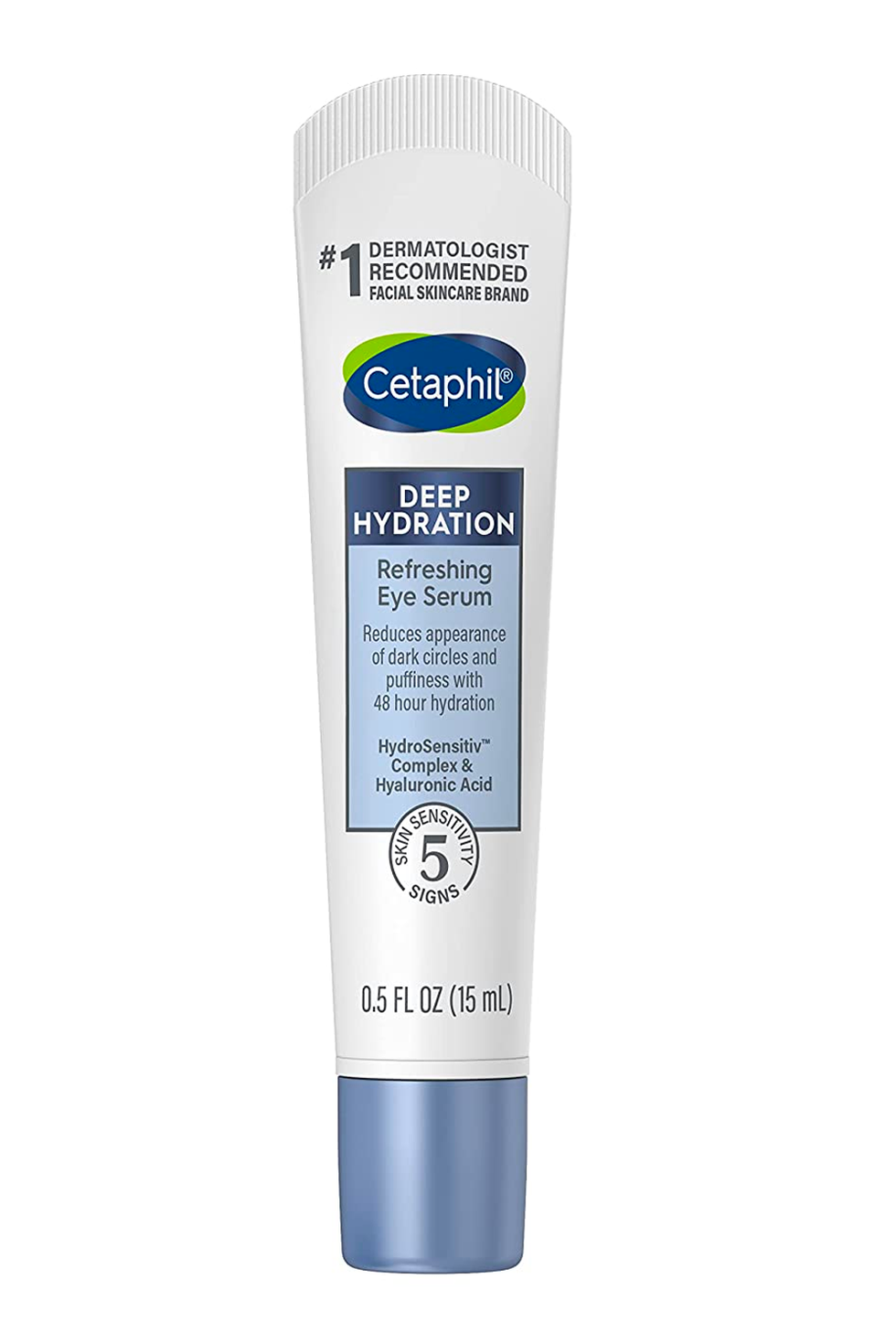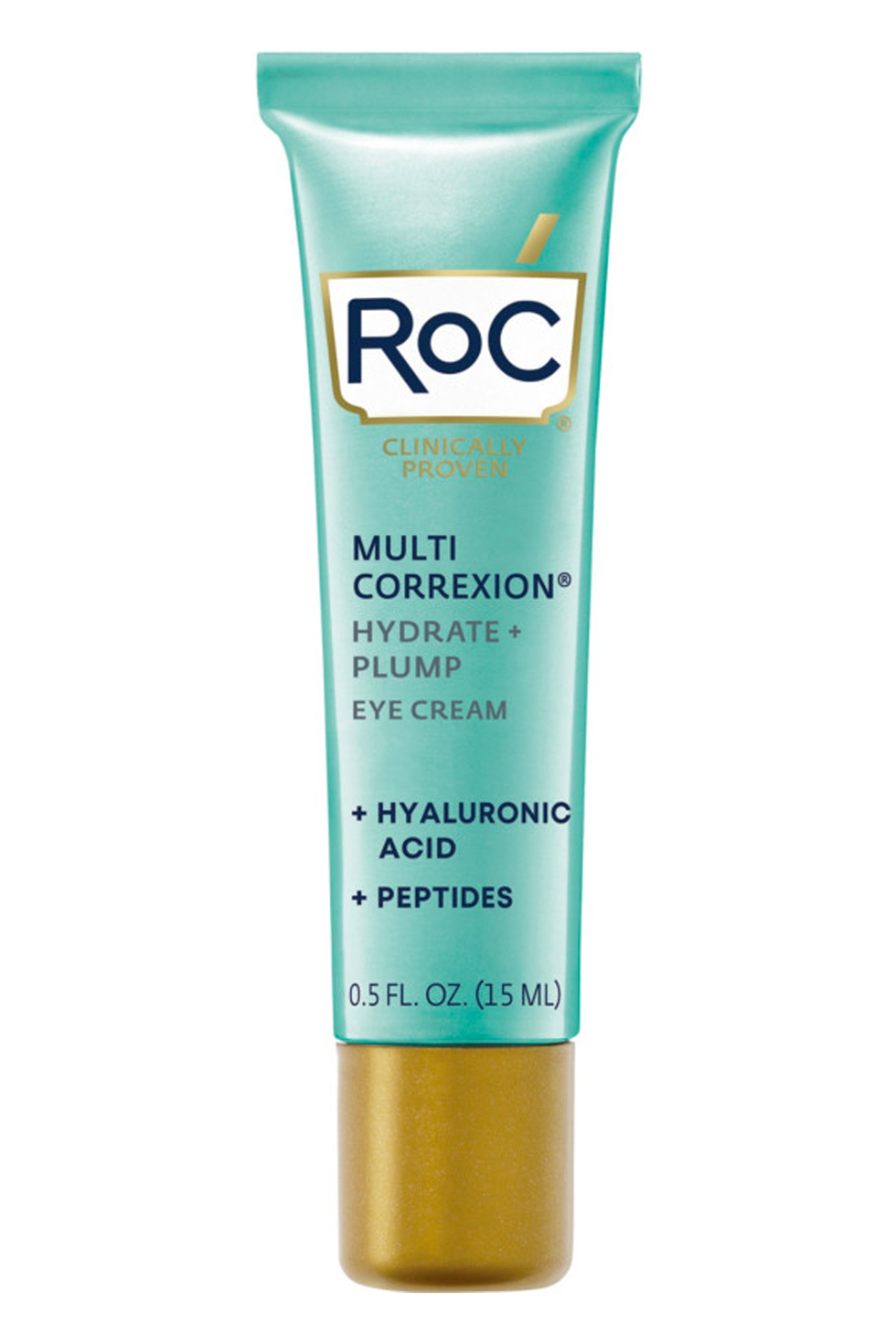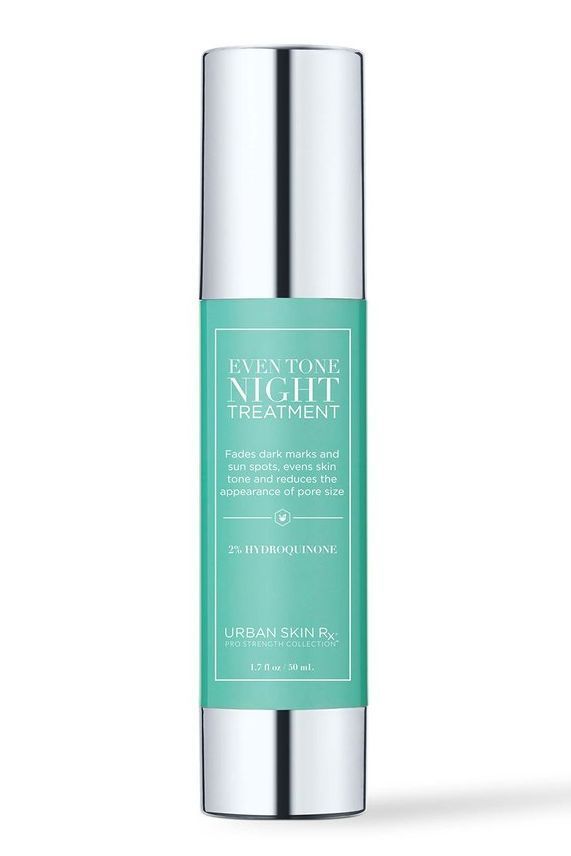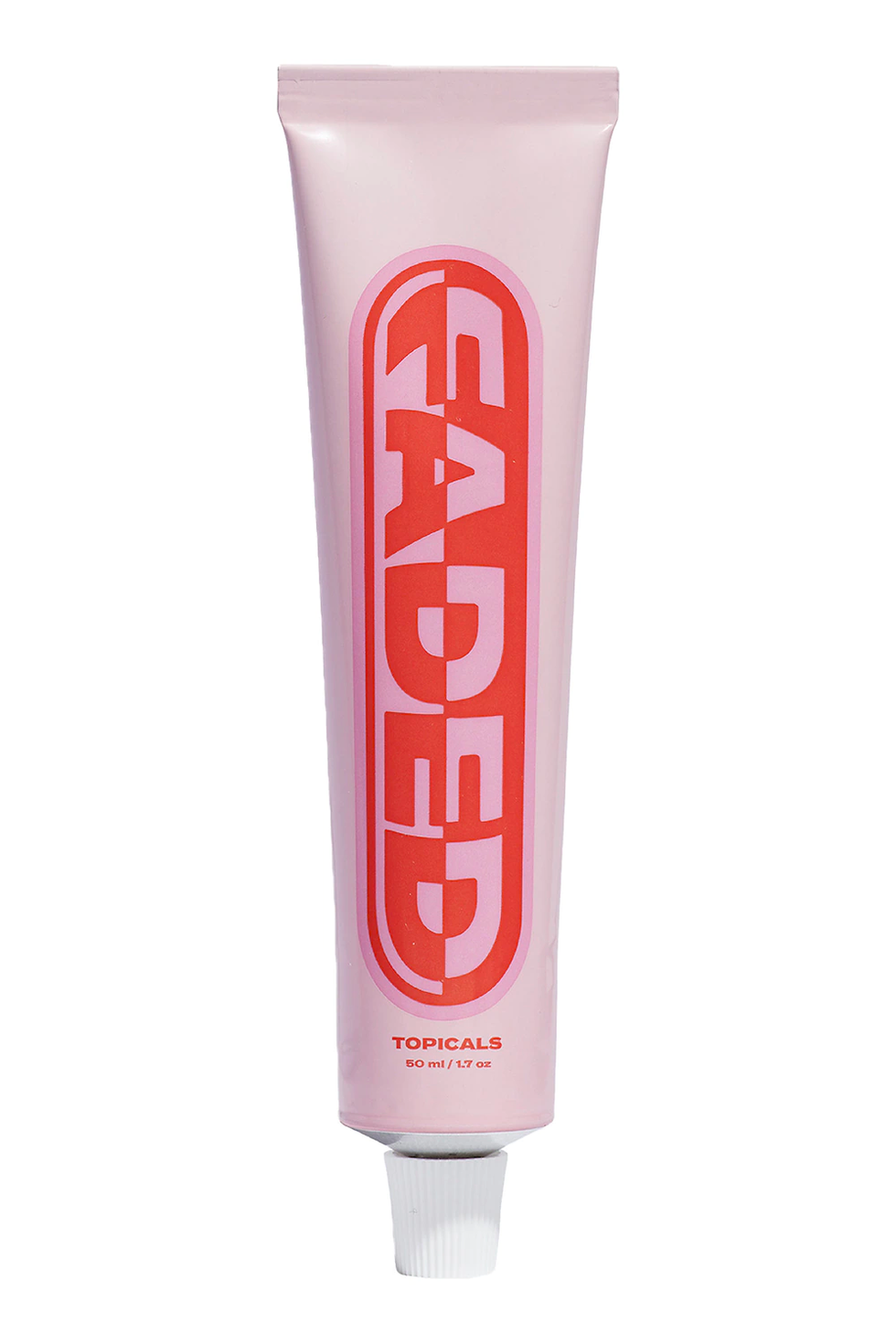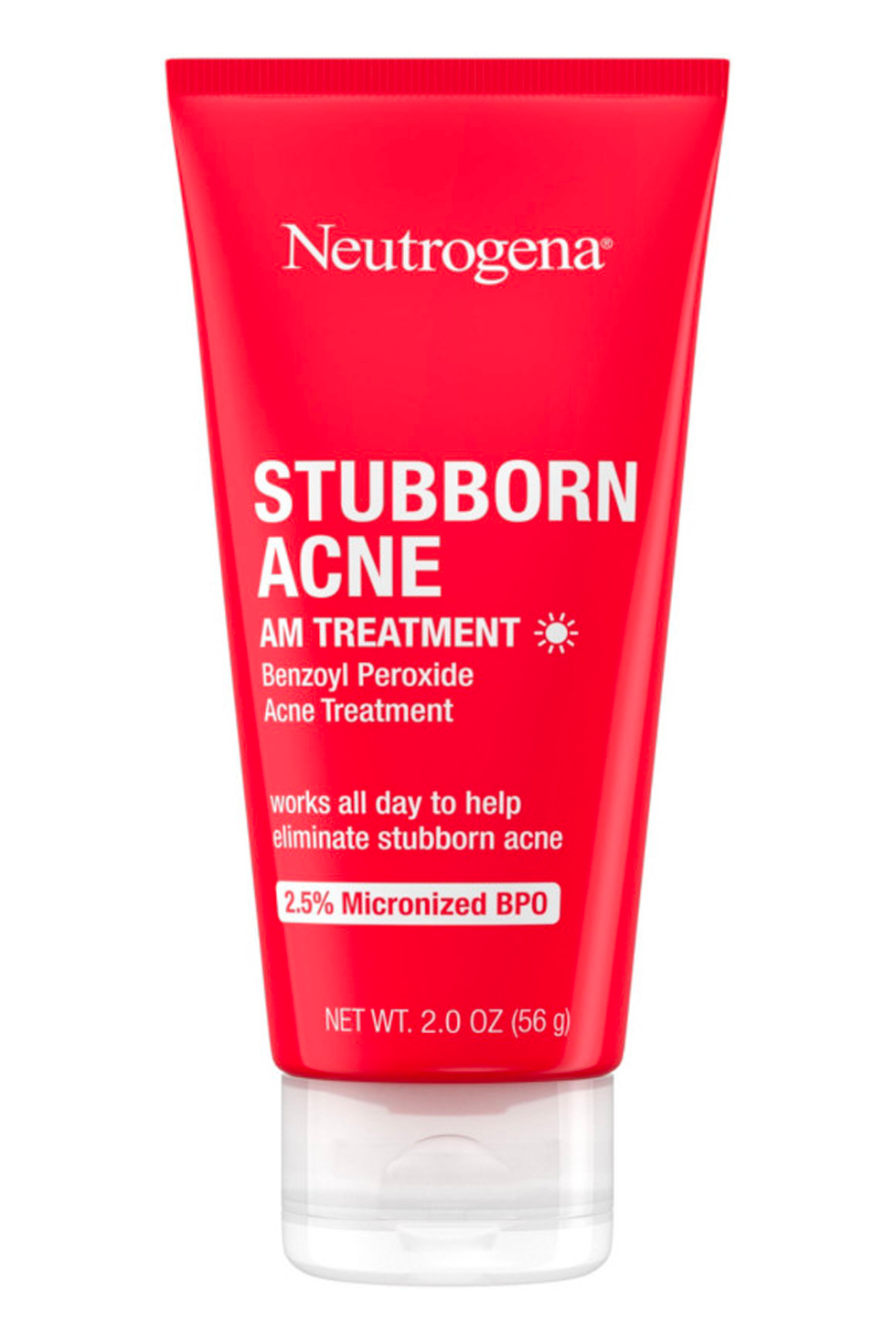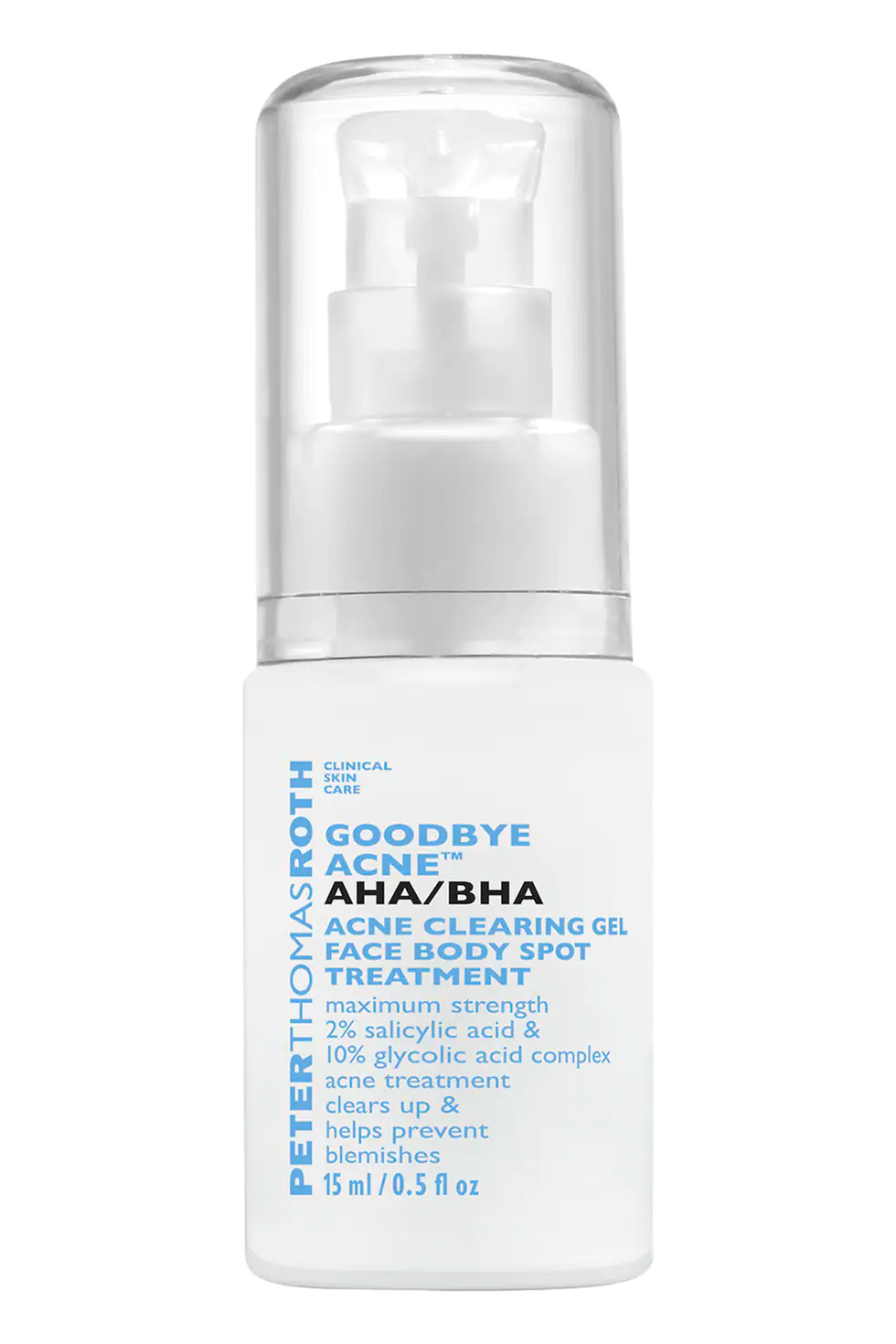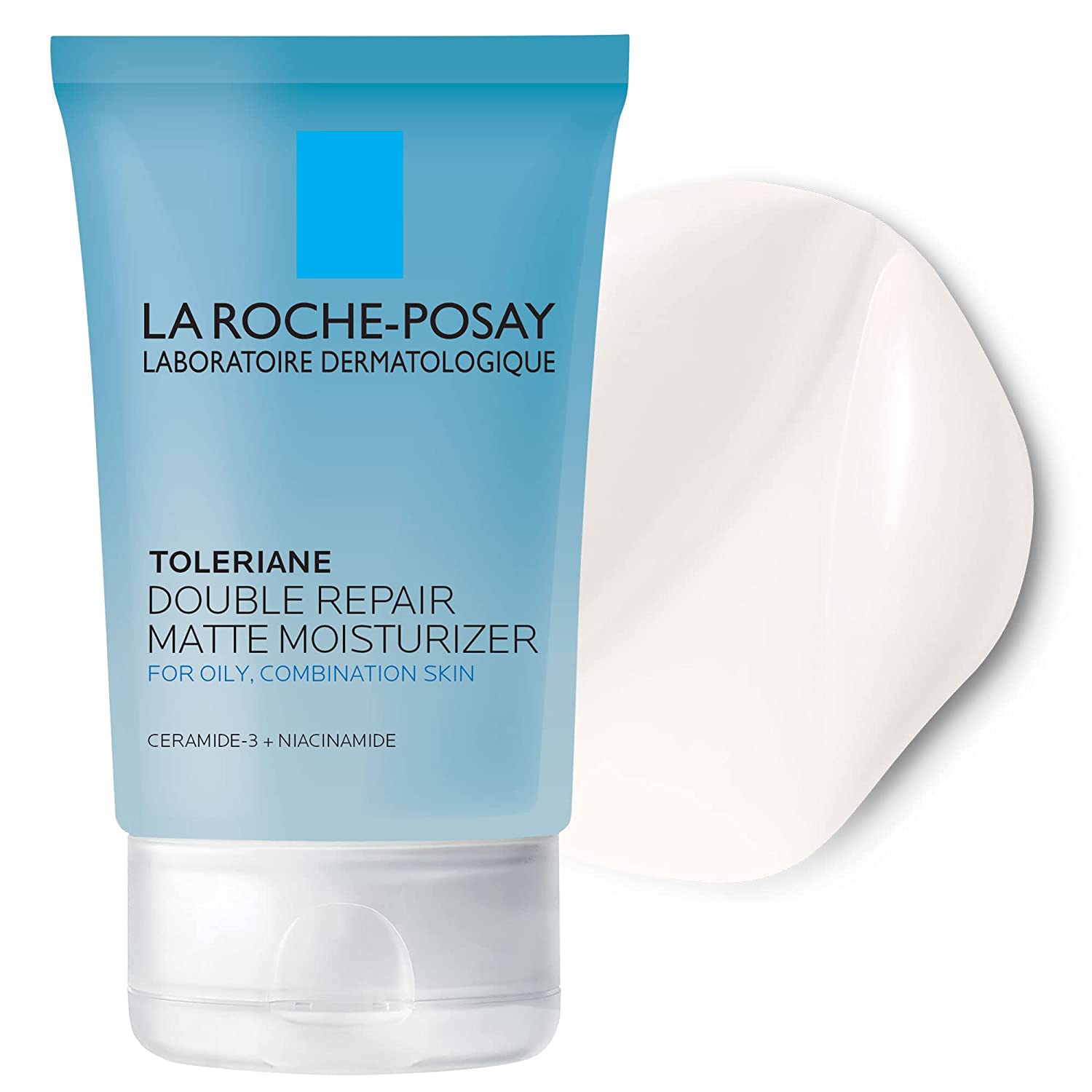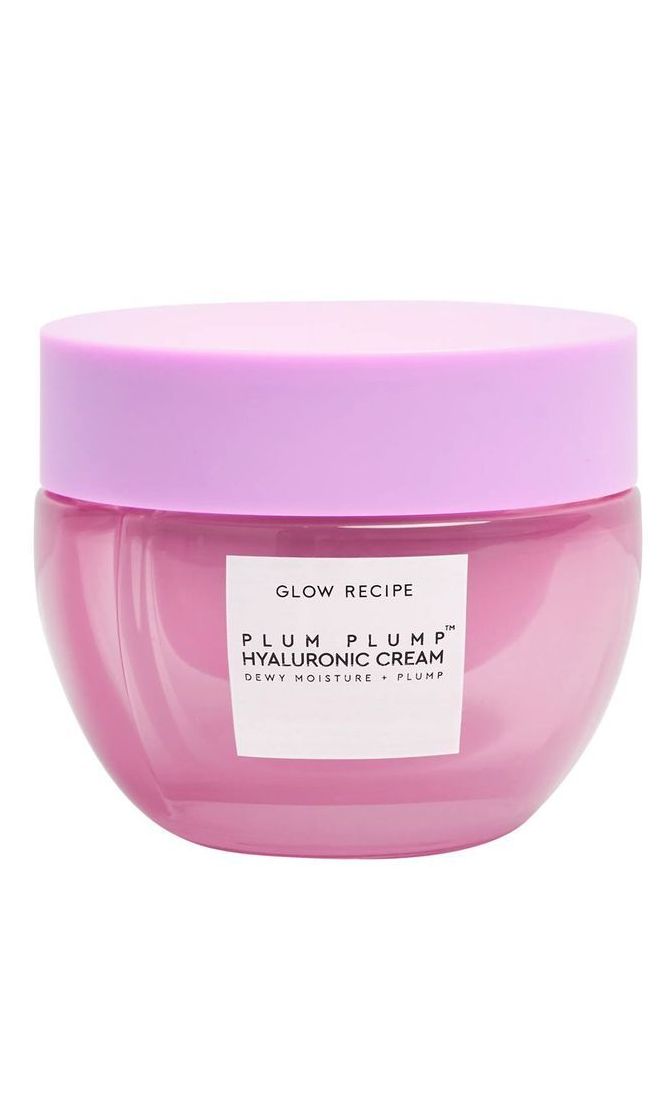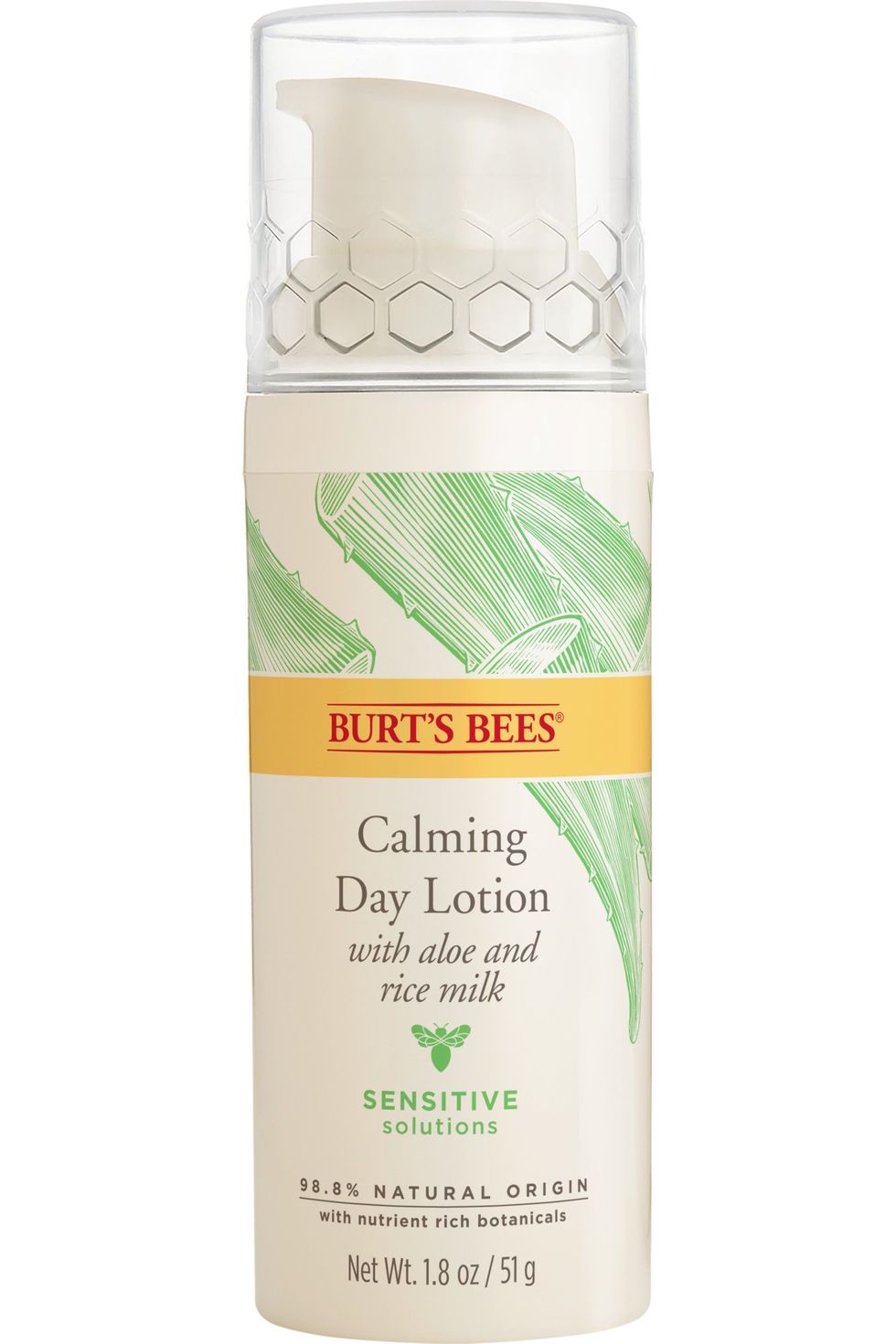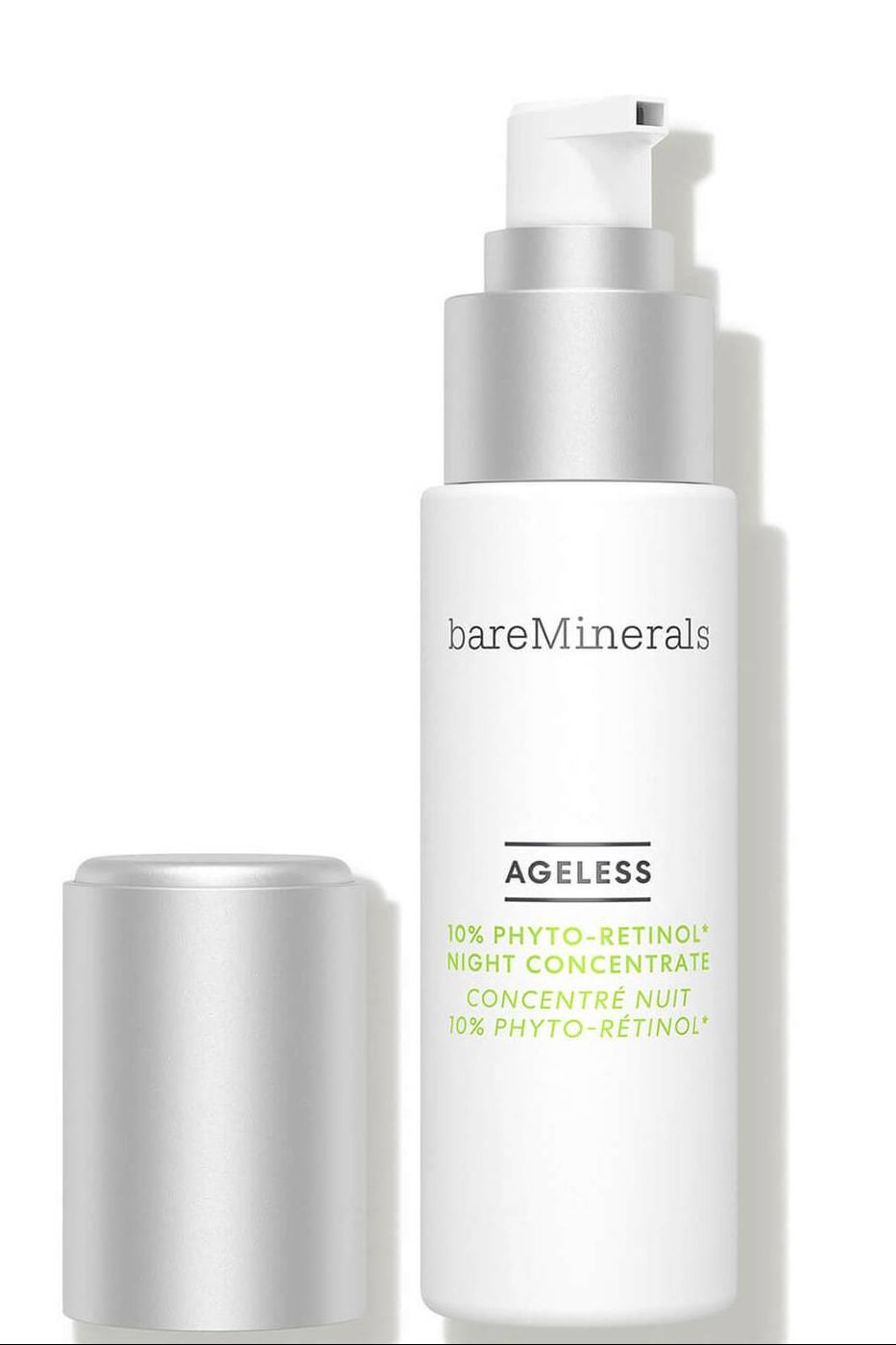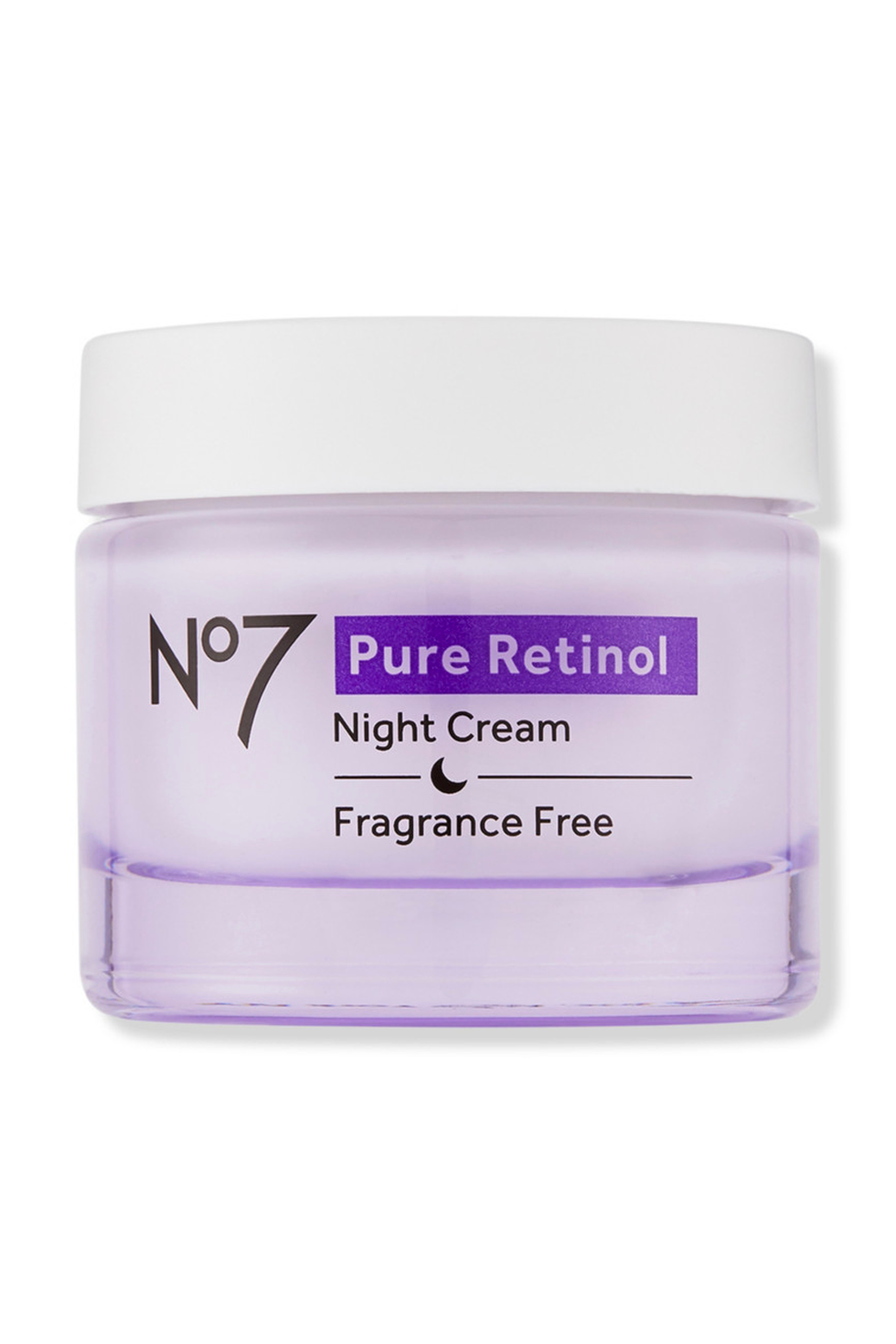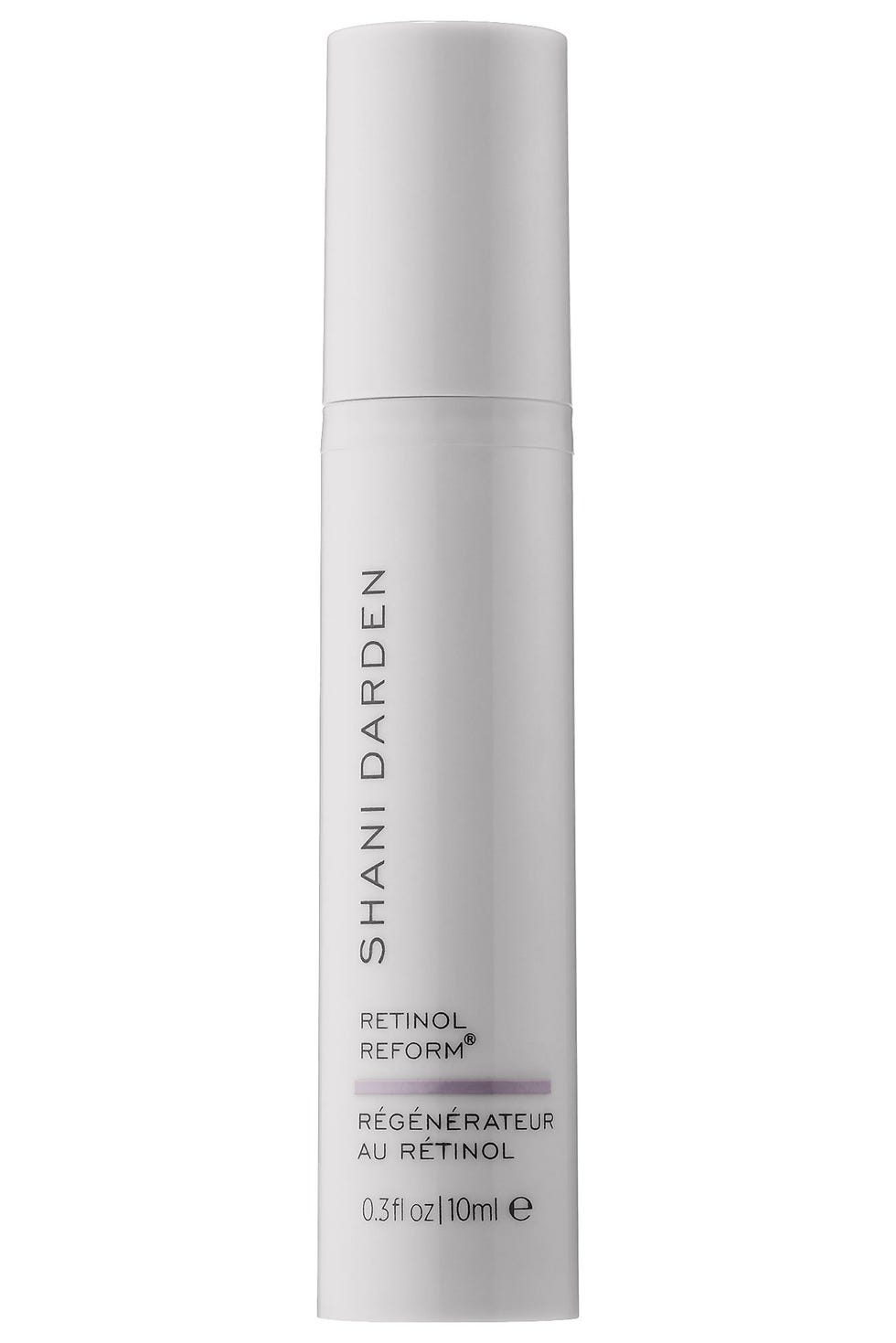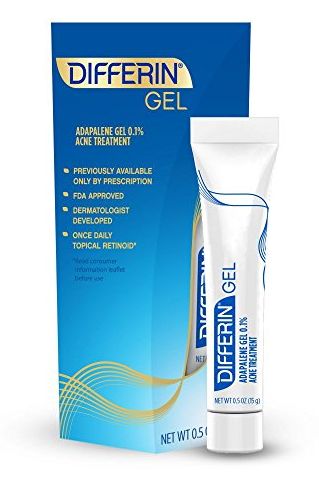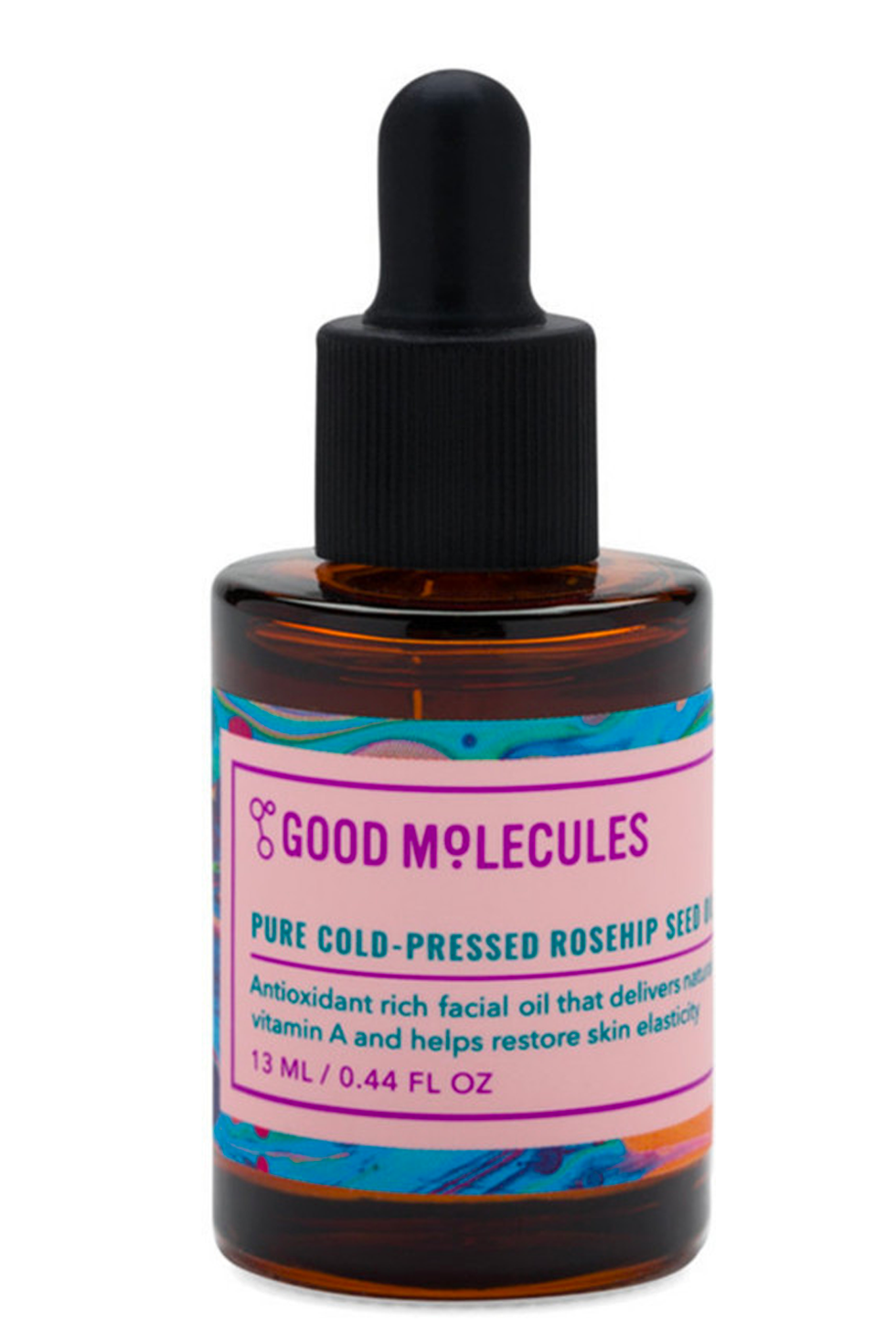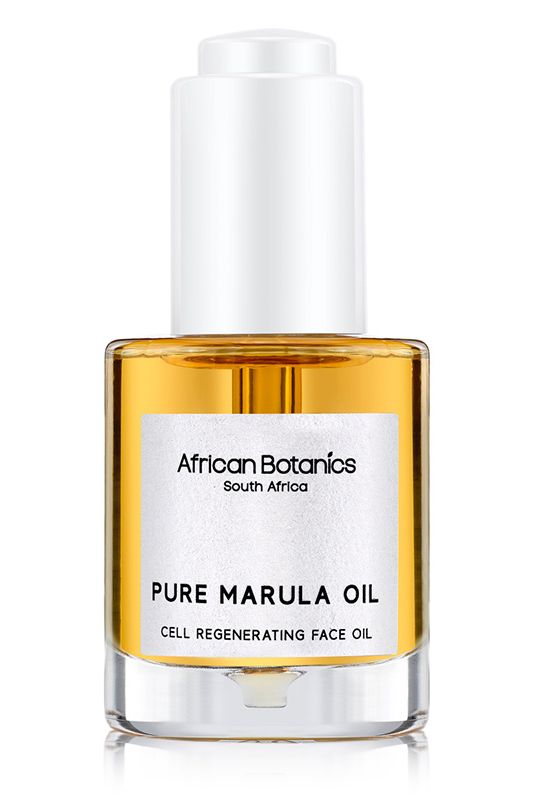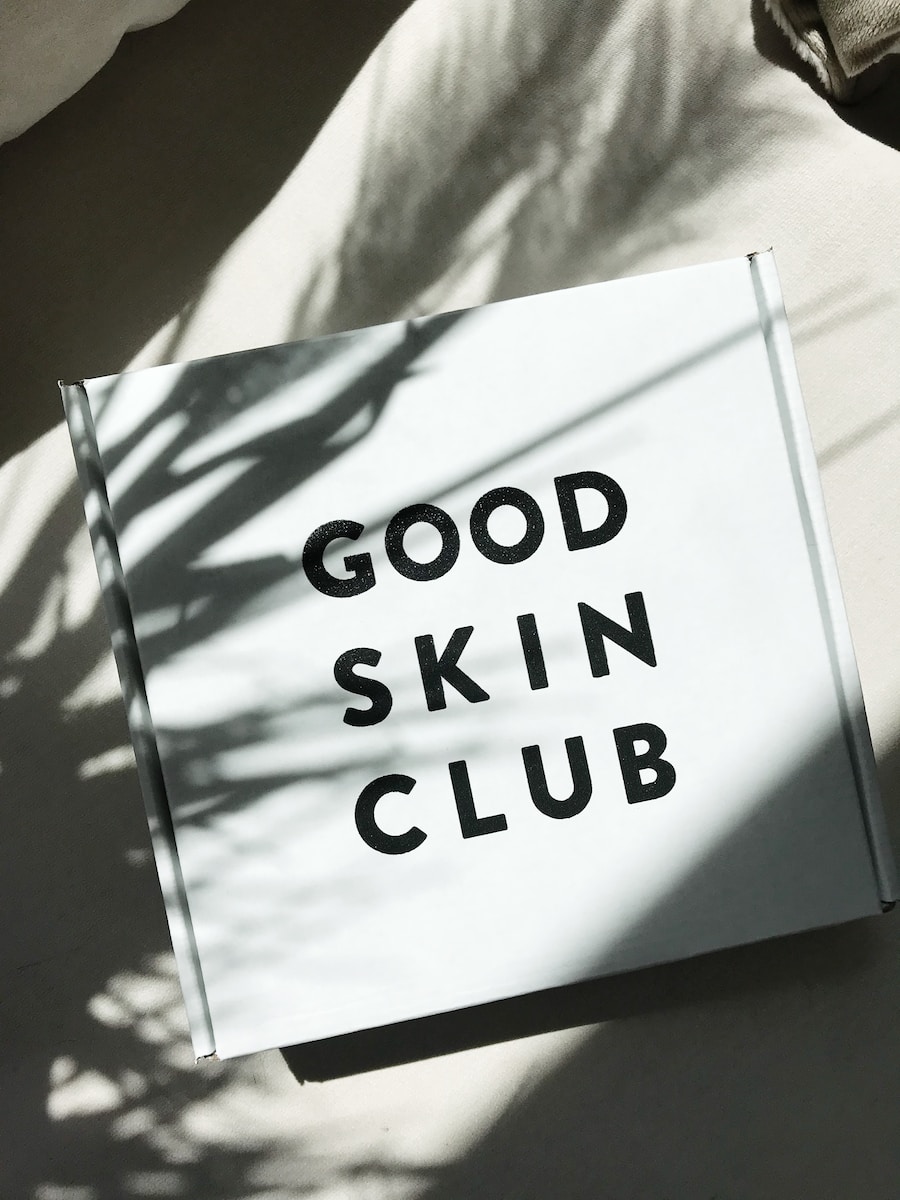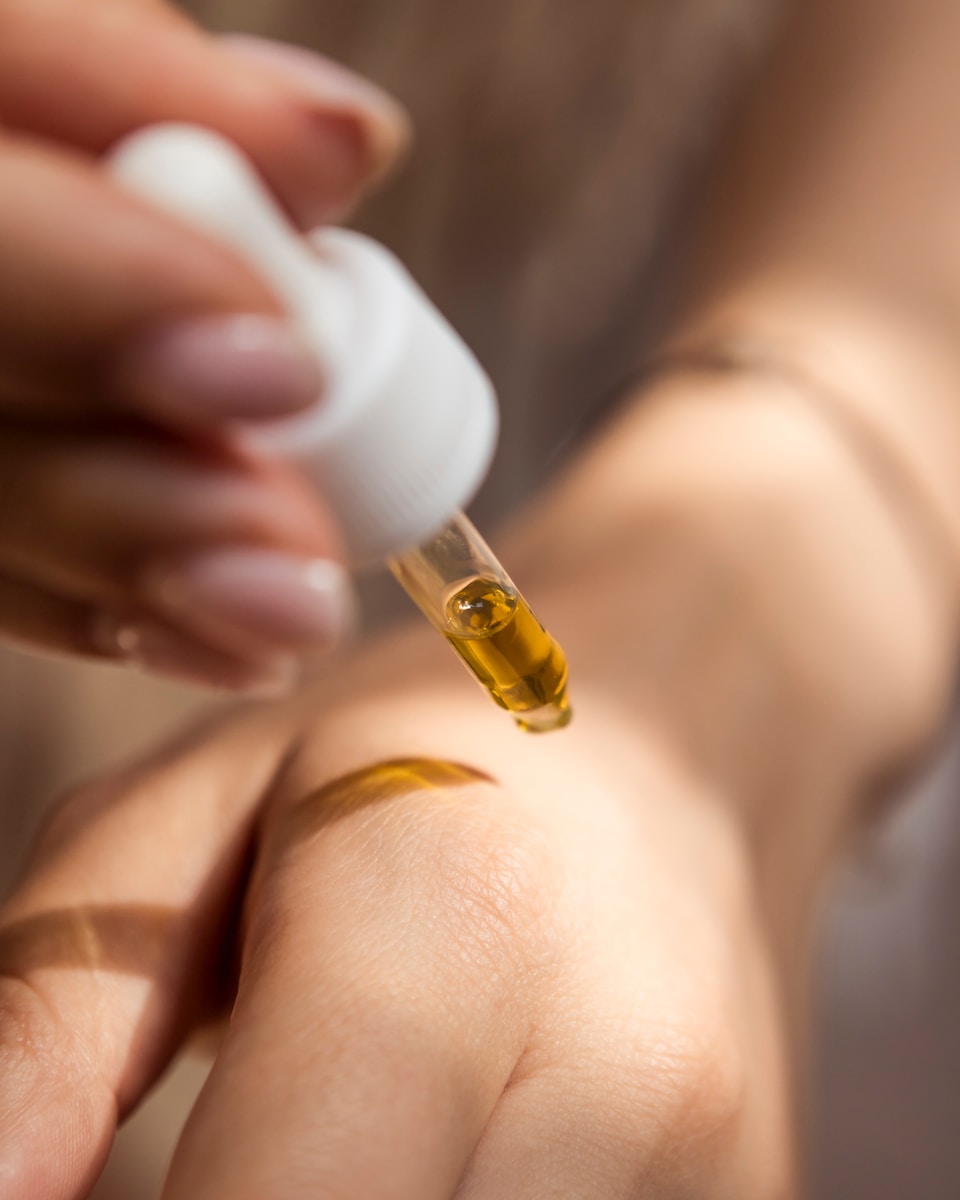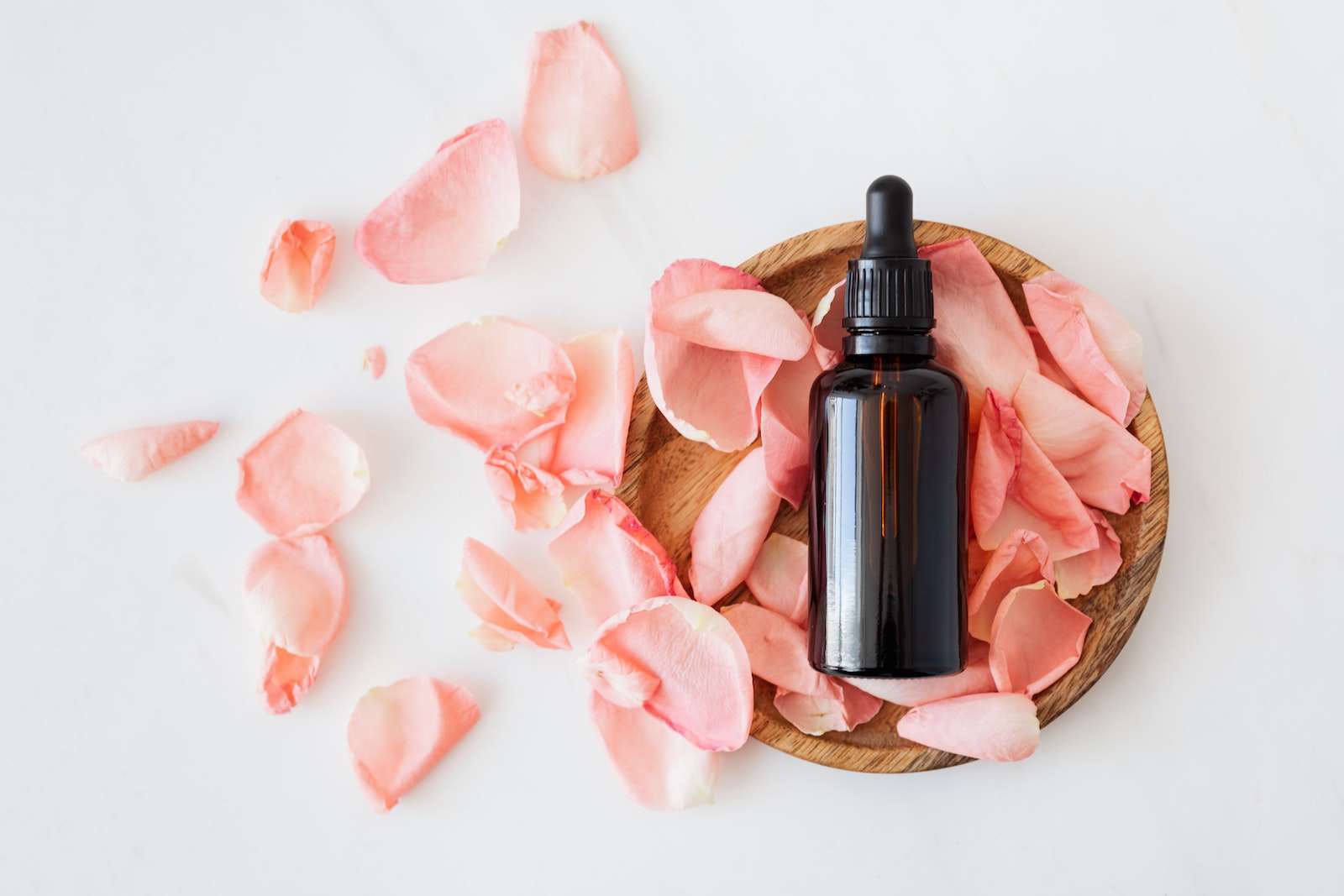
The Only SkinCare Routine You Need According To Derms
Your Skincare Routine Order: How to Build a Simple Routine, According to Derms
This is about to revolutionize your freaking face.
Let’s be honest: Building the best skincare routine (or figuring out how to start a skincare routine) can be incredibly overwhelming, especially if you’re a beginner. Like, do you really need a toner or a serum? (Nope!) Does a good skincare routine actually require 10 steps? (Absolutely not—in fact, please don’t.) And what’s the correct skincare routine order anyways?
First, take a breath. I promise by the end of this, you’re going to feel confident, calm, and armed with the few products you really do need. According to dermatologists Karan Lal, MD; Shereene Idriss, MD; and Mona Gohara, MD; creating the laziest, easiest skincare routine of 2023 is about simplicity. They point out which steps you don’t need to do, and the best products for your exact skin type (from oily to sensitive to dry to acne-prone).
How do I start my skincare routine?
PSA: You do not need a 10-step skincare routine (or even a 5-step routine). “Less is more when it comes to your skin—I’m all about product reducing,” says dermatologist Karan Lal, MD. “In reality, our skin chemistry needs hydration and moisture to maintain a good skin barrier, which you can get from just a few products.” And, as virtually all dermatologists agree, those products include the following:
Three required skincare products:
- Cleanser: a gentle, sulfate-free face wash
- Moisturizer: a simple fragrance-free formula that can be used twice a day
- Sunscreen: a mineral-or chemical-based sunscreen with at least SPF 30
Thats it—the three most important skincare products are just a cleanser, moisturizer, and SPF. It’s not glamorous, but good skin doesn’t need to be (just ask your dermatologist—simple is always better). The more products you layer on, the higher your risk is for irritation, allergic reactions, and breakouts, according to Dr. Lal.
If you’re looking to build a slightly more advanced skincare routine, you can! But you don’t need to. “If you can consistently stick with those three basic products and you want to add more, try a retinoid,” says Dr. Lal. “After three months, if your skin is ready, add a vitamin C serum.” But any additional products? “It’s not gonna help—I think five products is the max.”
Your skincare routine order and steps
If you need a preview of what a full skincare routine should look like in the proper order? Here’s a little guide to screenshot. But before you freak out at seeing a 10-step routine, don’t worry: You really only need three products for a great, simple routine (more on that below).
How to build and layer your skincare routine
“The rule of thumb when applying skincare is to apply the lightest first and the heaviest last, since thinner products can’t penetrate thicker products,” says Dr. Idriss. Example: Layering a serum (thin) over your moisturizer (thick) would render that serum almost ineffective.
SKINCARE ROUTINE ORDER
Step 1: Cleanser
⏰: morning and night
Please, for the love of the beauty gods, remove your makeup and wash your face before slathering on your products. “For ingredients to absorb properly, you need clean skin that’s totally free of oil and grime,” says Dr. Gohara.
↠ SHEET MASKS
Not sure where sheet masks come in? Step one, right here. Use masks on clean skin, then pat on the excess serum left behind or lightly rinse your skin with water before moving on to your toner, serum, or moisturizer.
If you want to do things right, skip the makeup wipes (they leave behind a layer of gunky residue that can break you out and irritate your face) and opt for a cleansing oil, which dissolves all makeup without stripping your skin. Then follow up with a gentle, creamy cleanser (especially if you have acne-prone skin—yes, really).
And don’t complain about this being a two-step process—it’s one of the only required steps in this entire routine. I’m not even a little sorry!
✔️ How to choose the best cleanser for your skin type
- Dry skin: The best type of face wash for dry skin should be creamy, non-foaming face washes with barrier-boosting ingredients like ceramides, hyaluronic acid, and glycerin.
- Oily skin: Avoid too-stripping formulas (like charcoal-, sulfate-, and clay-based cleansers) and look instead for gel-based face washes or gentle foaming cleansers for oily skin.
- Acne-prone skin: As with oily skin, acne-prone skin should avoid harsh cleansers and look instead for gentle, creamy cleansers—yes, really—to minimize inflammation (dry, irritated skin = more acne breakouts).
- Sensitive skin: Try a gentle, creamy face wash filled with soothing colloidal oatmeal, aloe vera, and niacinamide
Step 2: Toner
⏰: morning and/or night
Face toners used to be terrible, alcohol-based liquids that burned your face. But today’s (good) toners are either (1) filled with gentle, hydrating ingredients for dry and sensitive skin, or (2) filled with chemical exfoliants to treat acne and bumps. “Toners are not meant to be something that sits around on your skin and feels heavy,” says Dr. Gohara. “They’re just priming your face for ingredients to be better absorbed later on.”
↠ ESSENCES
Not sure where essences come in? Toners and essences are pretty interchangeable in their consistencies, so if you’re looking for when to use your essence in your skincare routine, use it as step 2 (instead of a toner).
Reminder: Toner (like most of the steps on this list) is totally optional, but if your toner smells like nail polish remover or alcohol, you need to ditch it—fast—and find an updated version instead. Here’s how:
✔️ How to choose the best toner for your skin type
- Acne-prone/oily skin: The best toner for both oily skin and acne-prone skin will be one filled with either BHA (beta hydroxy acid, like salicylic acid) or AHA (alpha hydroxy acid, like glycolic acid or lactic acid), which work to unclog pores, prevent breakouts, and dissolve blackheads over time.
- How to use toner ↠
Tap acid-based toners over clean, dry skin every other night (or every other morning, if you plan to use a retinol at night), then wait 60 seconds before layering on another product to prevent accidentally neutralizing the acid.
- How to use toner ↠
- Dry/sensitive skin: Both dry skin and sensitive skin types do best with hydrating toners (although all skin types, even acne-prone, can benefit) because they help replenish the water your skin barrier lost when you washed and dried your face.
- How to apply toner ↠
After cleansing, tap your hydrating toner over your clean, dry skin every morning, every night, or both: “There’s no such thing as too much moisture, regardless of your skin type,” says Dr. Gohara
- How to apply toner ↠
Step 3: Serum
⏰: morning and/or night
“Serums are essentially shots of extremely concentrated nutrients, hydrators, or antioxidants that really amp up your skin health as soon as you apply them,” says Dr. Gohara. “People often skip out on using them, but they’re honestly the heavy lifters of your skincare routine.”
Although, once again, serums are totally optional, they’re often a good first step in leveling up your skincare routine and boosting your skin health.
IN THE MORNING…
For almost all skin types, Dr. Gohara, Dr. Lal, Dr. Idriss, and every other derm in existence, swears by using vitamin C serum in the morning, which protects your skin from inflammation and damage caused by environmental factors, while also brightening dark spots over time. Just note: Vitamin C can be strong, so if your skin is sensitive, use it every other morning (or every two mornings) instead.
AT NIGHT…
Though serums are optional, all skin type can benefit from using a hydrating, hyaluronic-acid-based serum at night (and, honestly, in the morning too), which pulls into your skin from the air to keep it hydrated. “If you’re using acne treatments or anti-aging products—which can be drying or irritating—you want to prep your skin with as much moisture as possible first,” says Dr. Idriss.
Step 4: Eye cream
⏰: morning and/or night
Eye creams tend to be lighter and thinner than face moisturizers, so make sure to apply them before your creams and oils (remember: lighter products go before heavier products). But an important note: Eye creams are not necessary for most people. “As long as you’re using moisturizer and sunscreen, your eye area is already getting the TLC it needs,” says Dr. Gohara. But if you wanna try one out, here’s how to choose:
IN THE MORNING…
Look for an eye cream that’s packed with caffeine, which helps temporarily constrict and tighten puffy under-eyes within 20 minutes. And, ideally, look for one with a steel-tip applicator (“the cold steel helps a bit with fluid retention—aka under-eye bags—especially if you keep the cream in the fridge between uses,” says Dr. Gohara).
AT NIGHT…
“Most people think a night eye cream should contain retinol to help with fine lines, but in reality, you want to be gentle,” says Dr. Gohara. “Your eye area is delicate and at risk for irritation, so tap on a simple, hydrating eye cream that’ll protect your under-eyes and repair your skin barrier overnight.”
Yes, you can—and should!—use a retinol around your eyes, but “it’s better to apply retinoids to your whole face rather than to just spot-treat parts of it,” she says. (Don’t worry, retinol options will come later on.)
Step 5: Spot treatment
⏰: morning or night
Ideally, spot treatments are best applied at night (whether they’re for zits, scars, or dark spots), because that’s when your body is working hardest to repair itself, says Dr. Gohara. But if your nighttime routine already includes acids or retinoids, try spot-treating in the morning, so you don’t irritate your skin with too much at once.
Regardless of when you apply your spot treatment, make sure to tap it on before your moisturizer so it can really penetrate your skin and do its thang without having another barrier to penetrate (before?! What?! Yes, just trust the process and keep reading).
FOR DARK SPOTS AND ACNE SCARS…
Dr. Idriss recommends using a spot treatment with either hydroquinone (a skin-bleaching ingredient that works fast but can be highly irritating) or niacinamide (aka vitamin B3), which gently brightens marks and scars over time. Niacinamide can be used daily (most formulas won’t cause irritation), but hydroquinone should be used once every three days to be safe (zero irritation after two weeks? Move it up to every other day).
FOR PIMPLES AND BREAKOUTS…
For acne, Dr. Gohara stands by tried-and-true benzoyl peroxide and salicylic acid—but not together, unless you want to irritate your skin. Benzoyl peroxide kills acne-causing bacteria (use it for classic whiteheads), while salicylic acid dissolves oil and skin cells (use it for little clogged pores and inflamed bumps).
- How to use spot treatments ↠
Regardless of which formula you choose, the application is the same: Dab a thin layer (seriously) over your spot or zit and wait a full minute for it to dry. Then, to prevent the treatment from getting wiped around your face, apply your moisturizer to the rest of your face, avoidingthe spots. When your face is fully moisturized, tap a dot of moisturizer on top of the spot treatment.
Step 6: Moisturizer
⏰: morning and night
“You need to be using a moisturizer twice a day,” says Dr. Lal and every dermatologist in the world. “Your skin barrier requires moisture and hydration to stay healthy,” he adds, noting that all skin types should load up on formulas rich in ceramides, glycerin, and hyaluronic acid. “A moisturizer also helps trap in all the products underneath it to make the ingredients even more effective,” says Dr. Idriss.
You can use the same moisturizer morning and night, but if you plan to skip sunscreen (shame), your a.m. formula needs to have at least SPF 30. And remember to let it sink in for 5 to 10 minutes before applying makeup (if this is the end of your morning skincare routine and makeup is your next step).
✔️ How to choose the best moisturizer for your skin type
- Oily skin: Oily skin should look for lightweight moisturizers in either a cream or gel-based formula to keep skin hydrated without feeling greasy.
- What to try ↠
Cetaphil Oil-Absorbing Moisturizer SPF 30 in the morning andCeraVe Facial Moisturizing Lotion in the evening.
- What to try ↠
- Dry skin: The best dry-skin moisturizers “should be filled with all the things your body naturally produces and can use more of, like hyaluronic acid, lipids, and proteins,” says Dr. Gohara. Cream-based formulas will be your BFF, morning and night.
- What to try ↠
Vanicream Facial Moisturizer and/or CeraVe Moisturizing Cream
- What to try ↠
- Acne-prone skin: The right moisturizer for acne-prone skin will depend on whether or not your skin is dry (in which case, look for lightweight lotions) or oily (opt for gel-based formulas for morning, or cream formulas with salicylic acid at night).
Q: “What about anti-aging creams?”
If you want, you can tiptoe into the retinol game by using an anti-aging night cream in the p.m., which usually has a gentler, “watered-down” dose of retinoids. That being said, it’s often easier—and less irritating—to use your regular moisturizer and layer a retinol on top (see: the next step).
Step 7: Retinol
⏰: night
“Retinoids—the general term for all vitamin-A derivatives, including retinol—sink into your skin to speed up cell turnover, causing your body to churn out fresher, smoother, less-wrinkled skin over time,” says Dr. Gohara. Remember that retinoids take four to six months of consistent use to give you results, so consistency is key.
But just because it might take half a year to see your wrinkles smooth out doesn’t mean you won’t see more immediate results in other ways. “Retinoids trigger collagen production and cellular exfoliation,” adds Dr. Gohara, “which means they’ll also fade dark spots, smooth scars, clear pores, prevent breakouts, and brighten skin.” Basically, retinoids are the closest thing to magic that dermatologists have.
HOW TO USE THEM…
If you’re new to retinoids, make sure to start slow to mitigate the initial adjustment period of flakes and sensitivity. “Apply a pea-size drop to your entire face one night a week for one week, then two nights a week for two weeks, then three nights a week for three weeks, and then every other night indefinitely,” says Dr. Gohara.
SKIP THIS STEP IF…
You’re already using (or planning to use) a night cream with retinoids, because doubling up won’t make the anti-aging results more effective—it’ll just cause inflammation. And if you do have extra-sensitive skin, apply a layer of moisturizer 10 minutes before and 10 minutes after your retinolto reduce irritation without totally diluting the treatment. Think of it like sandwiching your face in moisture.
Step 8: Oil
⏰: morning and/or night
“Face oils are occlusive, meaning they seal in all the ingredients and moisture you just applied to your face to keep them from evaporating as quickly,” says Dr. Idriss. On their own, oils don’t really moisturize your skin, but when you layer them over products, they help increase your routine’s efficacy while also leaving skin softer and smoother. Just make sure to always, always apply your oils last. Yes, last.
“Oils can easily penetrate moisturizers, serums, and treatments, but no products can penetrate an oil, which means they need to be applied last,” says Dr. Gohara. And don’t think that oils are just for dry skin—certain oils, like rosehip and jojoba, have been shown to regulate excess oil in acne-prone skin, while marula and aloe oils can soothe sensitive, easily irritated skin. Or, grab an oil mixed with anti-aging or acne-treating ingredients (if your routine doesn’t already include similar ingredients).
Q: “Do I need a face oil? I’m scared!”
No! You do not need any product on this list aside from a cleanser, moisturizer, and sunscreen. If you have dry patches and you’re scared of oils, try an occlusive moisturizer instead, like the cult-favorite EltaMD Moisturizer (I use this one every night).
Step 9: Sunscreen
⏰: morning Okay, yes, I know I said oils go last, but technically, sunscreen (of SPF 30+) is the absolute last step—and one that’s required. “Oils are still working to penetrate and treat your skin, which is why they would go last in your skincare routine, but sunscreen isn’t trying to penetrate anything—it’s just there to protect your face and act as armor against the outside world,” says Dr. Gohara. “Basically, it’s not adding anything to your skin—it’s protecting your skin.”
oily skin
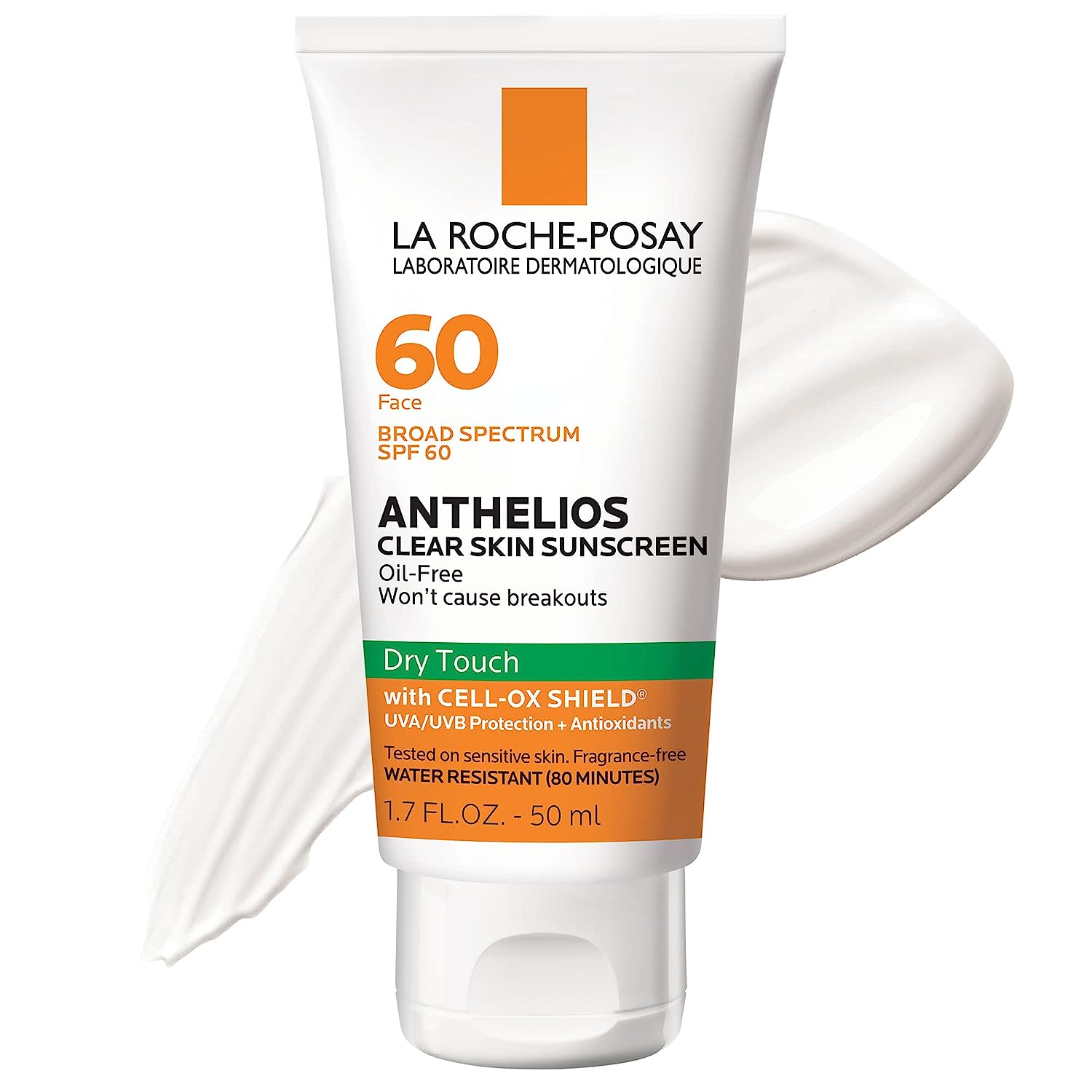
LaRoche-Posay clear Skin Sunscreen
dry skin
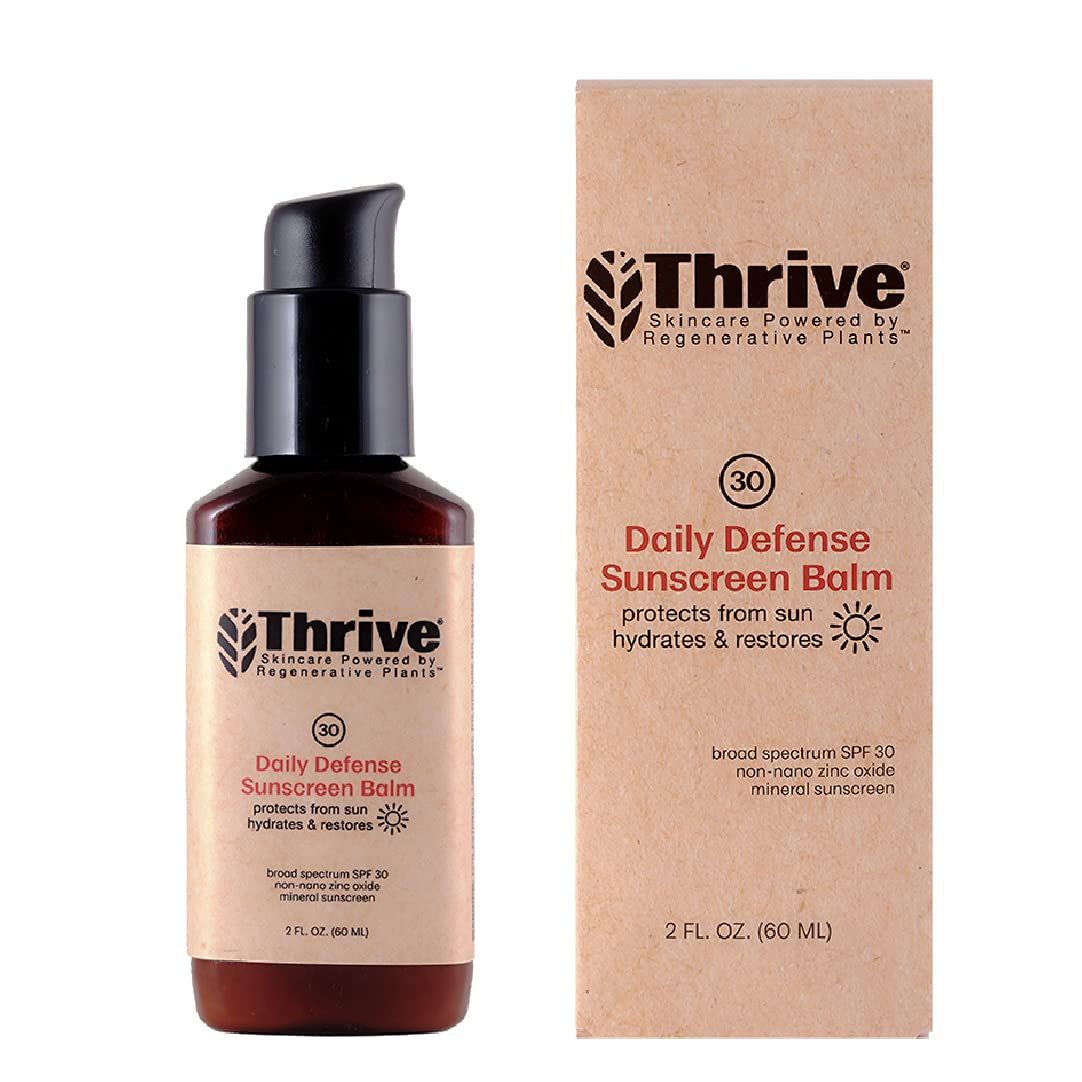
Thrive Daily Defense Sunscreen
Sensitive Skin
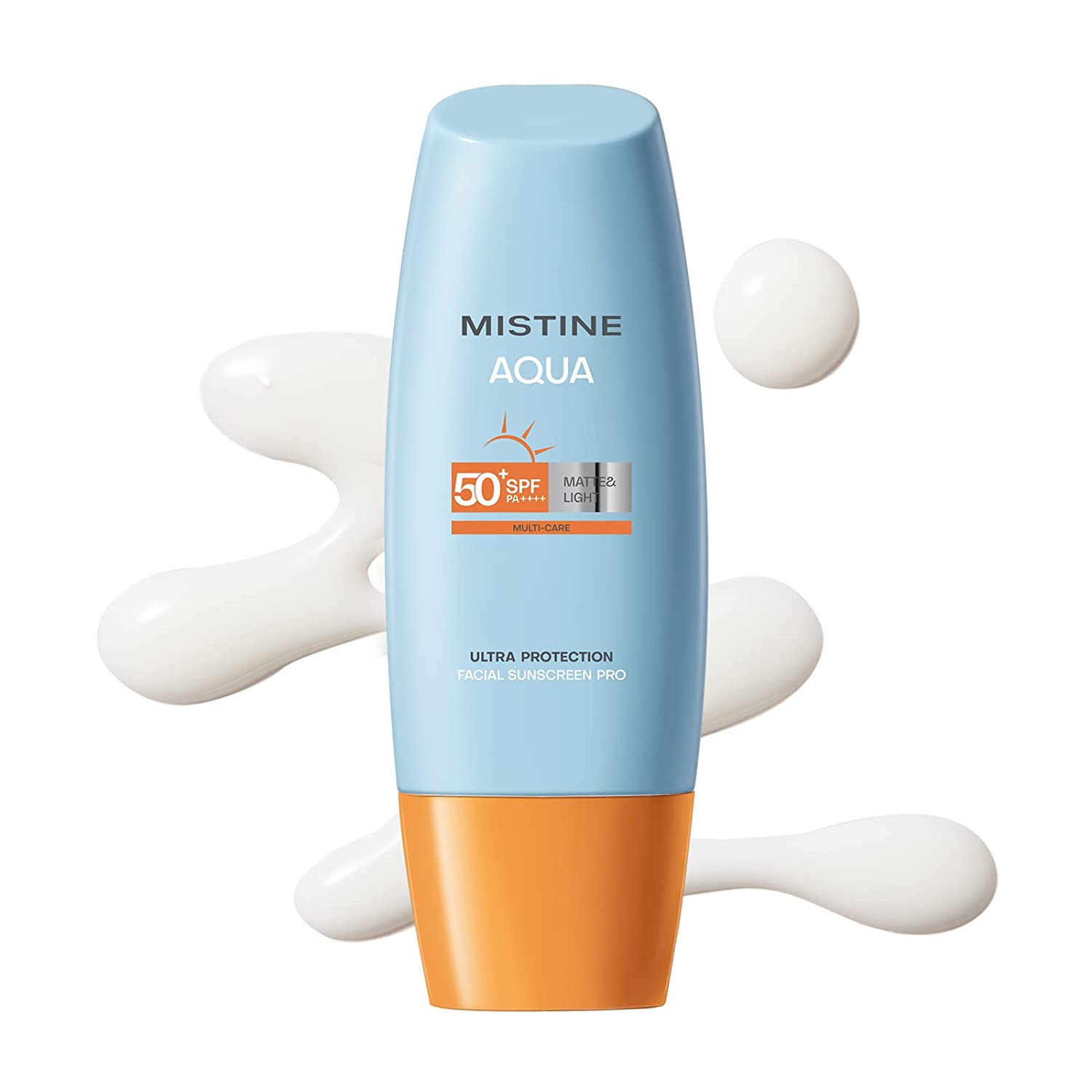
Mistine Daily Face Sunscreen
Question: “I dislike the sensation of sunscreen! Is it really necessary?”
Answer: In the year 2023, there’s a wide range of sunscreen options available, making it unlikely for you to dislike every single one. Therefore, there are no more excuses! And yes, sunscreen is indeed essential. According to Dr. Lal, “Using sunscreen not only reduces the risk of skin cancer but also prevents the formation of abnormal collagen and elastin.” In simpler terms, applying sunscreen today can help prevent your skin from becoming thick, blotchy, and leathery when you’re 65 years old.
Question: Can I use a moisturizer with SPF instead?
Answer: Look, “the most effective sunscreen is the one you’ll actually apply every day,” says Dr. Lal. However, for optimal results, it’s recommended to use separate products for moisturizing and sun protection. “Moisturizers with added sunscreen may be less effective and may not provide as many moisturizing benefits,” he explains. So, while using a moisturizer with SPF is better than nothing, it’s not the ideal solution for comprehensive skincare.
⏰: Step 10 Celebrate NOW
Because you finally learned virtually everything (ish) in the world about skincare. You may now refer to yourself as a mini dermatologist (but, like, maybe not in front of any actual doctors, k?). Now, please, go deck out your face and bask in the glory of knowledge.
QUESTIONS AND ANSWERS
What does non-comedogenic mean?
Non-comedogenic is a marketing term brands often use to signal that a product or an ingredient shouldn’t clog pores or trigger acne breakouts. The only issue? It’s not that accurate. The comedogenic scale isn’t FDA-regulated (meaning anyone can slap it on their product), and, more problematically, the original system was based on animal testing from rabbit’s ears—not human skin—meaning it historically hasn’t been very reliable.
Of course, some brands do conduct internal testing to determine if their product is likely to result in zits, but it’s difficult to verify their accuracy. “A lot of these things are not FDA-regulated, so brands can make whatever claims they want based on Wild West science,” says Dr. Gohara. Not only that, but everybody’s skin is different (burn that into your brain), which means something that triggers a breakout in your BFF may be perfectly fine on your skin.
Meet the experts:
- Karan Lal, MD, is a double board-certified adult, pediatric, and cosmetic dermatologist at Affiliated Dermatology in Scottsdale, AZ. You can also catch Dr. Lal responding to viral beauty trends and myths on Cosmo‘s TikTok.
- Mona Gohara, MD, is a board-certified dermatologist in Hamden, Connecticut. Dr. Gohara is an associate clinical professor at Yale School of Medicine and president of the Women’s Dermatologic Society. Her areas of expertise include medical and surgical dermatology and skin of color.
- Shereene Idriss, MD, is a board-certified dermatologist and clinical instructor in dermatology at the Icahn School of Medicine at Mount Sinai. Dr. Idriss is also the founder and medical director of Idriss Dermatology in New York, New York.





